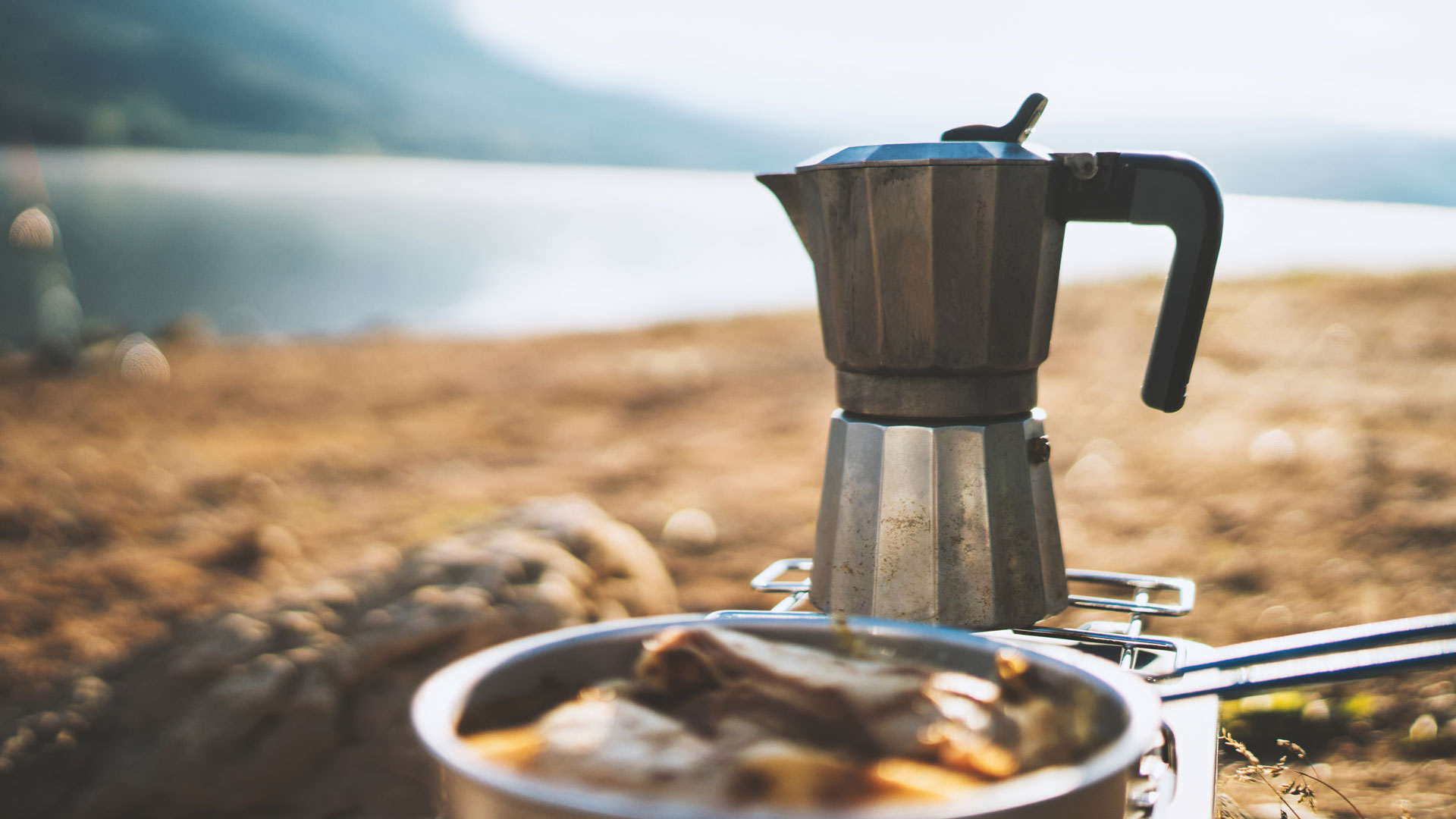Guide to Keeping Your Food Cold on Your Camping Trip
Expert tips to keep your food cold while camping.

Worried about how you’ll keep your food cold on your next camping trip? These expert tips include some of the best methods for keeping food fresh and cold while you’re camping.
Whether you’re storing food for a few days or plan to keep cold food on the campsite for a week, it’s perfectly possible with some preparation and planning. Read on to discover the best way to store cold food and keep it cold on a campsite.
Invest in a cool box or fridge
Traditional cool boxes (also known as coolers) are the most popular method of storing and keeping food cold while camping. They’re well-insulated containers which are kept cool using ice, ice blocks or even dry ice. There’s a wide variety of cool boxes available at different price points from brands like Yeti, Quechua and Ninja. Members of The Club can use their discounts to save on popular outdoor brands. Most of the tips below relate to traditional cool boxes.
Portable electric cool boxes and fridges are also readily available, but you’ll need access to constant electricity to run them. It’s worth noting that these only stay cool for a few hours when they are turned off. View our expert guide to using electricity on a campsite to find out about running multiple appliances.
Create a meal plan
Plan your meals and list out what you’ve packed in your cool box so that you’re able to use the most perishable items first. If you’re planning on doing a mix of campsite cooking and eating out, plan your meals away from the campsite towards the end of your trip.
Pack frozen meals
Frozen meals are a great way to keep your cool box cold and provide meals later in your trip. Chilli con carne, pasta sauce and marinated meat are all options you can make and freeze before your trip.
Take a food thermometer
Advice from the Food Standards Agency states that fridges should be between 0 - 5°C. Take a food thermometer to check on your cool box temperature and adjust the amount of ice as needed.
Pre-chill your cool box
Fill your cool box with ice or ice blocks a day in advance so that you’re packing your food into an already chilled cooler. Refresh the ice on the day you pack to ensure you get as long as possible from your first batch.
Choose your ice
The larger the surface area, the longer your ice will stay frozen. Ice cubes will melt much faster than frozen water bottles and lead to lots of water in your cool box. Many of our sites have ice block freezing facilities so pack plenty of spares. Alternatively, you can fill up with ice cubes from a local supermarket.
Pack coolers strategically
The less empty space in your cool box, the better. Pack your food so that it’s sandwiched between ice, with ice at the bottom, sides and on top of the food. Try to fill as much empty space as possible and remember that there should be more ice than food. You’ll want to wrap and store food in reusable waterproof bags and boxes to protect it from melting ice and condensation.
Keep food in the shade
Once you arrive at your campsite, choose a place for your cool box that is in the shade and move it throughout the day as needed. You might need to move your cooler to a blackout bedroom or sit it under a table for part of the day.
Insulate from the bottom up
Avoid sitting your cooler on the warm ground unprotected. A reusable emergency blanket or sheet of foam are good options but even cardboard will help to insulate.
Keep your cool box closed
When there’s a power cut at home, you keep your fridge and freezer shut to avoid letting the cold out and warm air in. This principle is the same, only open your cool box when you’re getting food out to prepare.
Separate your drinks and snacks
To keep drinks and snacks cool, put them in a separate cool box or bag. This is an excellent way of preventing your cool box from being opened too frequently.
Looking for more camping food advice and holiday inspiration? Find it below!
